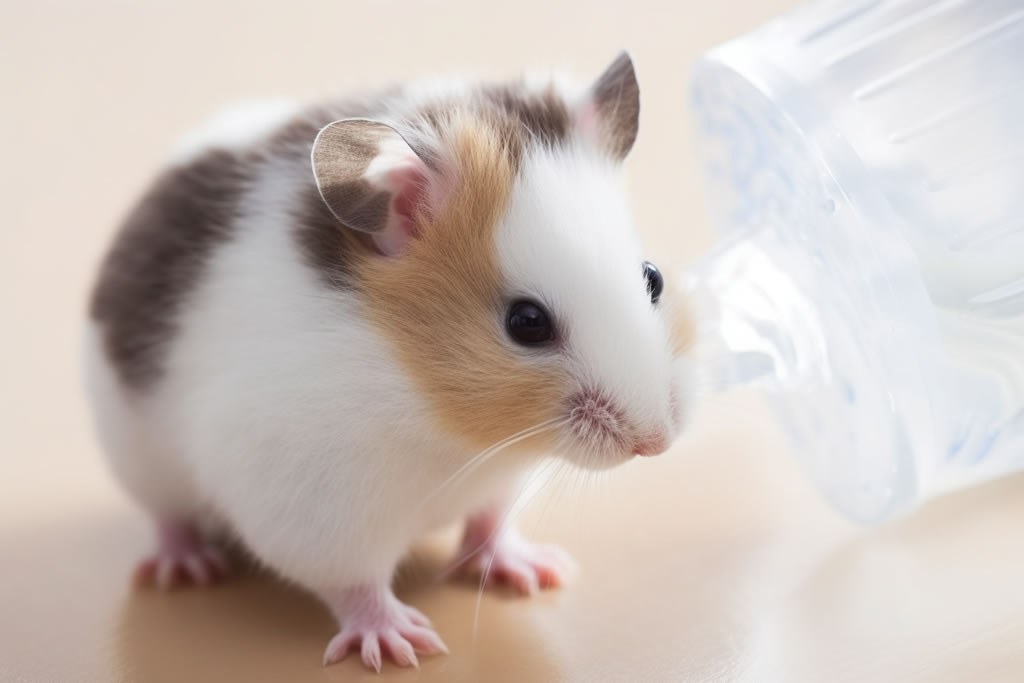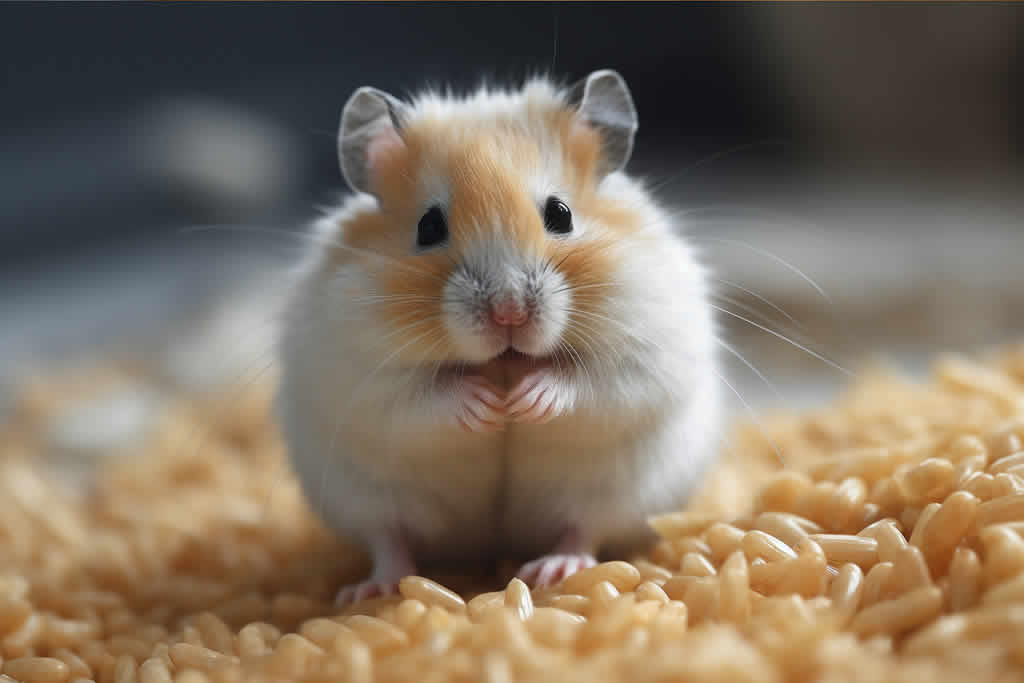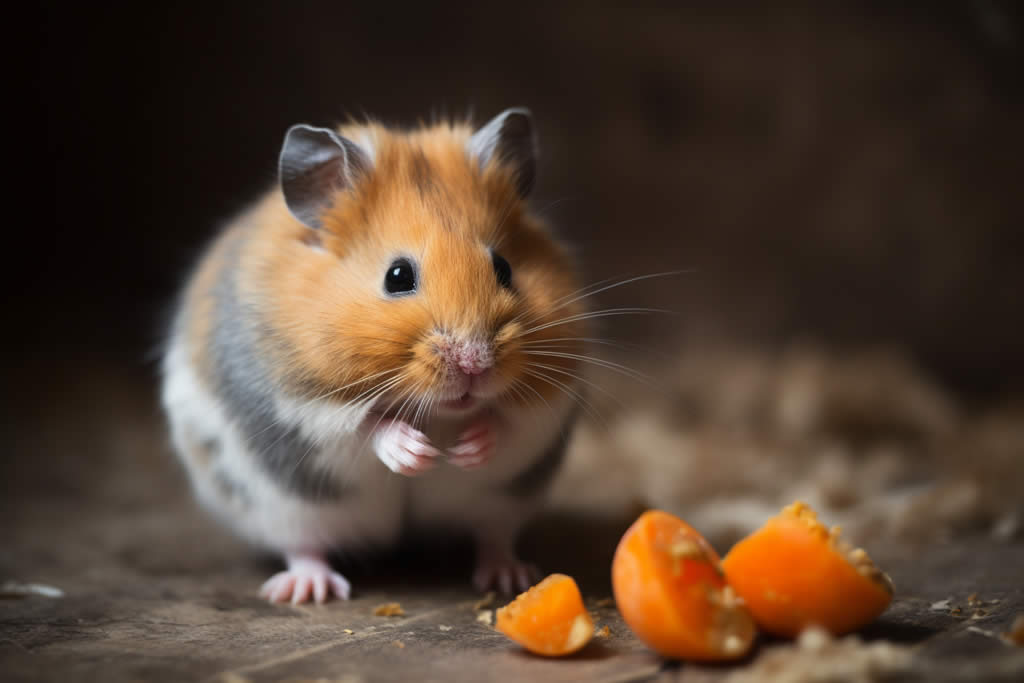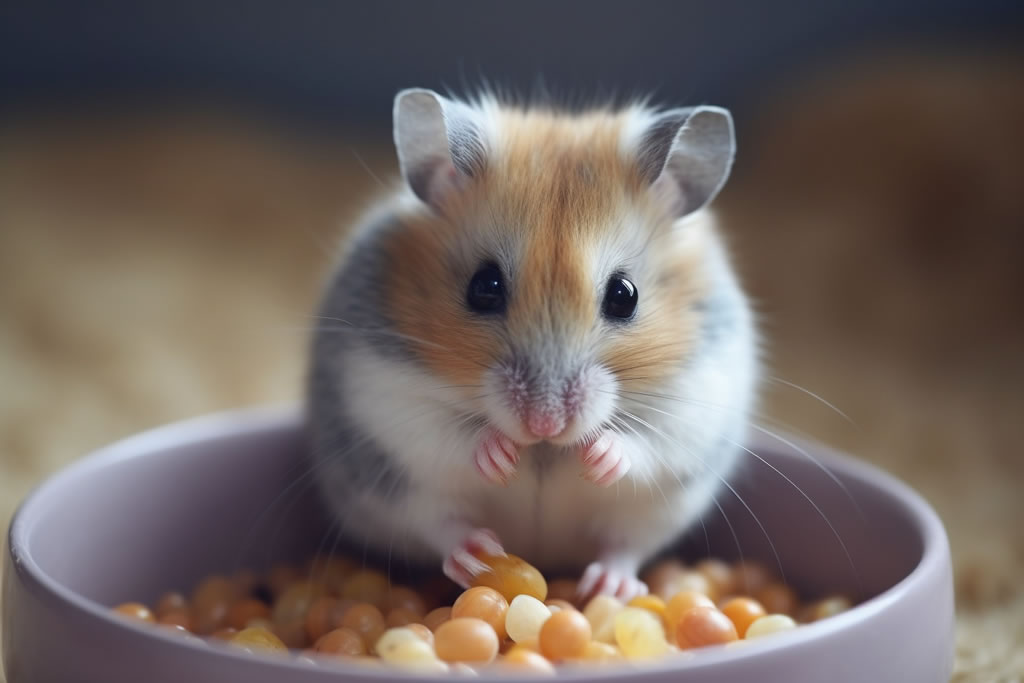No, baby hamsters should not be given cow's milk or any other type of milk. They are lactose intolerant and can suffer from digestive issues like diarrhea or stomach upset. Instead, provide them with a high-quality commercial hamster milk replacer.Ever wondered whether it’s cool to give baby hamsters milk or not?
Worry no more; this article is here to clear the air! Baby hamsters, or pups, are super-duper tiny and cute, making their nutrition essential for them to grow into strong and healthy adults.
Now, let’s dive into the nitty-gritty about the role of milk in their diet, what types they can drink, and when it’s A-OK to give them milk.
Grab a snack, and learn about baby hamster milk time!
How Do Baby Hamsters Get Their Nutrition?
So, you’re curious about baby hamster nutrition, huh? Let’s jump into it! Baby hamsters, also known as pups, rely on their mama’s milk for the first few weeks of life.
Milk has all the nutrients they need to grow and develop, like proteins, fats, and vitamins. Cool, right?
The whole milk-drinking phase is called the nursing period. During this time, the mama hamster feeds her pups several times daily.
But here’s the thing: these tiny fluffballs grow up pretty fast! After just 2-3 weeks, they begin nibbling on solid food, starting with soft, easily digestible stuff.
Mama Hamster often brings the munchies to her babies, helping them transition to a more grown-up diet.
By the time they’re about 4 weeks old, the pups are ready to ditch the milk and become full-fledged members of the solid food club. They’ll feast on a mix of seeds, grains, veggies, and fruits. And, just like that, they’re on their way to becoming healthy.
Why Is Milk Considered for Baby Hamsters?
You might wonder, “Why milk, of all things?” Good question! Milk is a staple food for many baby mammals, providing nutrients, energy, and hydration. It’s like an all-in-one super drink! With hamsters, though, it’s not always the same deal.
Hamster pups mainly drink their mama’s milk, which is tailored just for them. It’s packed with nutrients essential for their growth and development. But sometimes, life happens, and a baby hamster might need a little extra help.
Maybe the mama’s not around, she’s not producing enough milk, or the pup has been rejected (sad but true).
In such cases, we might think of giving the pup milk to ensure they don’t miss out on vital nutrients. But not all milk is created equal!
That’s why it’s crucial to know what kind of milk is safe for baby hamsters and when it’s okay to give it to them. And that’s what we’ll explore next, so stick around!
What Kind of Milk Can Baby Hamsters Drink?
We know milk can be crucial for baby hamsters in some situations. But wait, we can’t just stroll into the kitchen and pour a glass of cow’s milk for our tiny pals. Nope, that’s a no-go. Cow’s milk is way too high in lactose for hamsters, and it can cause them serious tummy troubles. Ouch!
So, what’s the suitable milk for these fuzzy critters? Enter milk replacers! These unique formulas are designed to mimic the nutrients found in mama hamsters’ milk. They’re made for orphaned or rejected pups needing extra love and care. You can find these life savers at pet stores or online.
One popular option is a powdered kitten milk replacer (KMR). It’s got the right balance of nutrients for baby hamsters and is super easy to prepare. Just mix it with water according to the instructions, and you’ve got hamster-friendly milk!
Another option is goat’s milk, which has less lactose than cow’s milk and is easier for hamsters to digest. But remember, it’s best to use goat’s milk as a last resort, and only if you can’t find a milk replacer.
In short, stick to milk replacers like KMR or goat’s milk in a pinch.
Keep cow’s milk off the menu, and your hamster pups will thank you!
When Is It Appropriate to Give Milk to Baby Hamsters?
Now that we know what kind of milk baby hamsters can drink let’s talk about when it’s cool to give it to them. Here’s the deal: most of the time, baby hamsters don’t need extra milk from us humans. Their mama does a fantastic job providing all the nutrients they need.
However, there are some situations where giving milk can be a lifesaver:
- Orphaned pups: If the mama hamster is no longer around, the pups will need some help getting the nutrition they need. That’s when milk replacers step in to save the day.
- Rejected pups: Sometimes, mama hamsters leave one or more of their babies. It’s heartbreaking, but it happens. Milk replacers can help the rejected pups get their desired nutrients in these cases.
- Weak or underweight pups: If a baby hamster isn’t growing like its siblings, it might need extra support. A milk replacer can give them the boost they need to catch up.
Giving milk to baby hamsters can make a big difference in these situations. Just be sure to check with a vet or hamster expert before supplementing their diet. They’ll help you determine the best plan for your furry friends, ensuring they grow strong and healthy!
Tips for Feeding Milk to Baby Hamsters:
Feeding milk to baby hamsters can be a bit tricky. So, let’s review some top-notch tips to ensure those little fluffballs get the most out of their mealtime.
- Warm it up: Hamsters are sensitive to temperature, so ensure the milk replacer is cozy, and lukewarm before feeding. Use a thermometer to check, aiming for around 100°F (38°C). Too hot or too cold?
- Use a dropper or syringe: To feed milk to baby hamsters, you’ll need a dropper or syringe (without the needle, obvi). These nifty tools help you measure the right amount and control the feeding flow. Just be gentle and patient. Baby hamsters are small and delicate, after all.
- Feed frequently: Baby hamsters need to eat often. We talk every two hours or so. Yeah, it’s a lot, but it’s essential for their growth and development. Set the alarm if needed, and don’t forget those nighttime feedings!
- Monitor weight gain: Keep track of your baby hamsters’ weight. This will help you see if they’re getting enough nutrients and make adjustments if needed. A digital scale is your best bud for this task.
- Keep things clean: Hamsters can be messy eaters. Clean their faces and paws with a damp cotton swab after each feeding sesh to avoid crusty milk residue.
With these tips in your back pocket, you’ll be a hamster milk-feeding champ in no time.
In a nutshell, baby hamsters get nutrition from their mama, and milk isn’t always a must-have for them.
So, remember to pick the right kind, follow those groovy feeding tips, and only give milk when it’s essential.
With your love and care, your baby hamster will grow up into a healthy and happy fluffball!
Keep exploring the wild world of hamster care, and don’t forget to share your newfound knowledge with your buddies!




